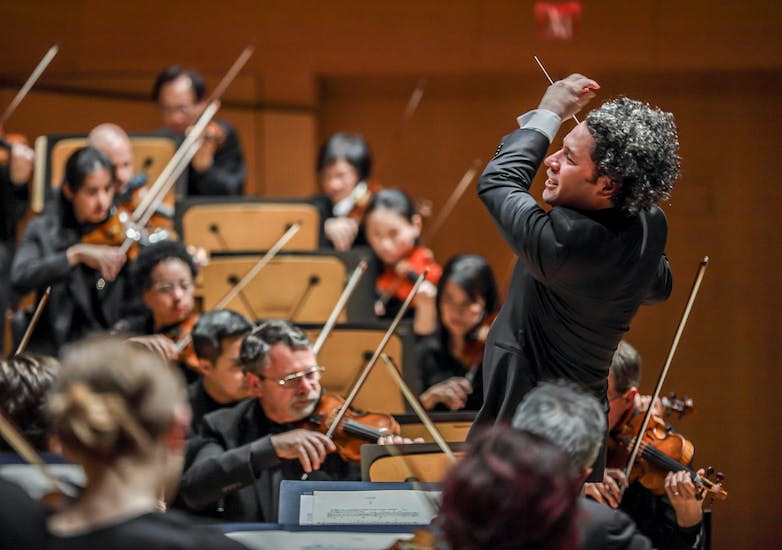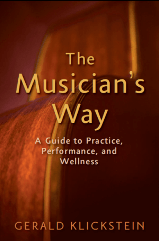“Among adults who participated – as creators or performers – in performing arts activities, the majority (62 percent) did so to spend time with family and friends.”
–National Endowment for the Arts
“U.S. Patterns of Arts Participation,” p. 3 (December 2019)
Research by the National Endowment for the Arts (NEA) has zeroed in on two key factors affecting arts attendance: motivations and barriers.
In this post, I summarize the NEA’s findings and share some of my own recommendations for musicians and arts organizations to attract robust audiences.
Motivations & Barriers to Arts Attendance
Top Four Motivations
In the NEA’s 2017 Survey of Public Participation in the Arts, which includes tens of thousands of people in the sample, respondents’ top motivations to attend arts events were to:
- Socialize with friends or family (73%)
- Learn new things (64%)
- Experience high-quality arts (63%)
- Support the community (51%)
Top Four Barriers
Respondents’ principal barriers to arts attendance were:
- Time (73%)
- Cost (38%)
- Access (37%)
- No one to go with (22%)
Nos. 3 & 4 were especially true among older adults.
Triggering Motivations & Overcoming Barriers
Triggering Audience Motivations
- Incorporate opportunities for people to socialize at your performances and share with each other their reactions to the music: experiment with casual outdoor concerts and, for indoor events, consider organizing receptions, maybe involving local sponsors. For concerts with receptions, make sure that your programs aren’t overlong – e.g., one-hour intermission-less programs often work well. The NEA also advises marketing to couples seeking activities for dates.
- Add in pre-concert talks by recognized experts or other “learning-focused” content such as concise spoken program notes interspersed in thematic programs. Bear in mind, though, that people primarily attend performing arts events to experience art, not hear lectures.
- Offer distinctive programming with high-quality content performed with gusto and not only with precision.
- Present concerts in partnership with community and arts organizations that have large followings, tailoring your programming to align with those organizations’ missions. If you fundraise at such events, performers should still be compensated unless all parties involved are donating their services. See: Handling Requests to Perform for Free.
Overcoming Barriers to Arts Attendance
- Address time barriers by offering some specially designed shorter programs, repeating performances in locations that reduce patron travel time, choosing event dates and times when your audience is more readily available, and producing some on-demand streamed content.
- To lower cost barriers, consider ticket discounts, free parking, 2-for-1 specials, and so forth. Strive to fund discounts with contributed income, such as grants, so that you maintain fair compensation for everyone involved.
- Reduce access barriers by holding events, and possibly repeating events, in locations with ample public transportation, easy navigation for disabled patrons, and suitable parking. Maybe produce smaller-scale performances in locations that will serve audiences with limited access, funding those performances with grants. When you market to new audiences, make sure that prospective attendees will know what to expect, for instance, what sorts of attire to wear. Investigate options for streaming concerts, too, and marketing live-stream tickets – if you’re new to streaming, you may be able to use grants to defray costs and gain expertise.
- To welcome those who experience social barriers, such as no one to go with, consider using social media and contacting social service organizations to form interest groups and otherwise help people attend together. In communities where you perform often, you might recruit volunteers to spearhead connections.
NEA Infographic: Why do people attend the arts?
Contact Gerald Klickstein for assistance building audiences for your arts organization. Learn about his workshops & consulting services.
Related posts
3 Traits of Successful Concert Programs
6 Steps to Better Program Notes
Design Thinking for Audience Development
New-Generation Classical and Jazz Concerts
Supply and Demand for Classical Musicians
© 2022 Gerald Klickstein
Photo via the NEA



